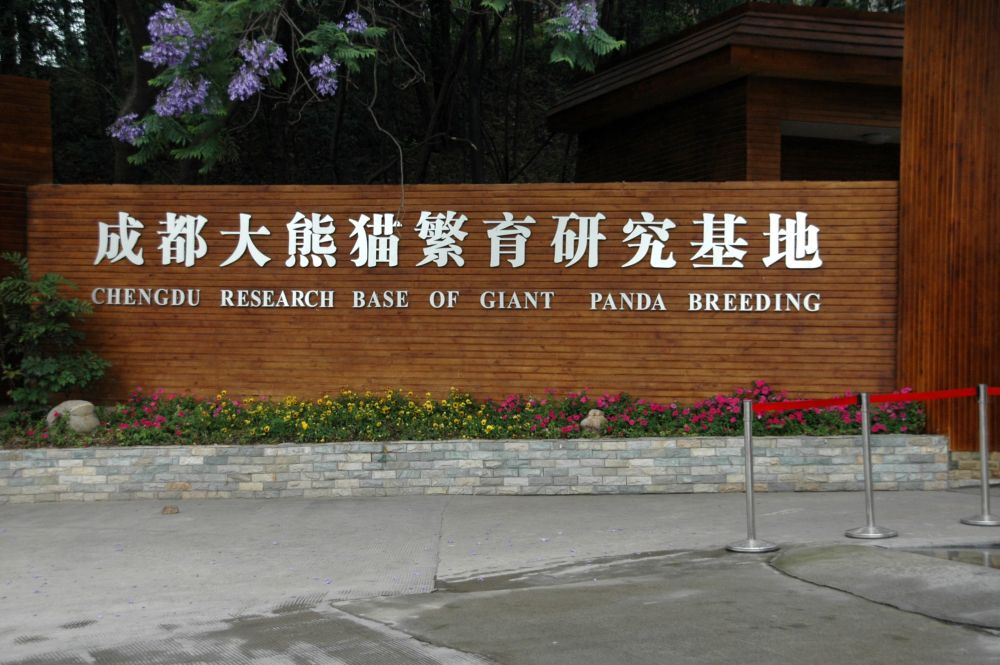

The Chengdu Research Base of Giant Panda Breeding, commonly known simply as the Chengdu Panda Base, is a not-for-profit organization engaged in wildlife research, captive breeding, conservation education, and educational tourism. Established in 1987 with six giant pandas rescued from the wild, the base started with a patch of bamboo-covered land that spanned about 12 hectares. The initial aim was to create a safe and scientifically managed habitat for the giant pandas with hopes of increasing their population through breeding programs.
In its early years, the Chengdu Panda Base focused primarily on creating a natural environment to facilitate panda breeding, with tourism taking a backseat. However, as the base successfully bred more pandas and expanded its facilities, the interest from both domestic and international tourists grew significantly. The success in breeding also helped to emphasize the importance of panda conservation efforts, further enhancing the organization's profile.
As the number of pandas at the base grew through the 1990s, and the facilities for these animals expanded, the Chengdu Panda Base began to develop programs and resources for visitors. Emphasis was placed on education and offering tourists the opportunity to learn about these majestic creatures and the conservation work necessary to protect them. Tourist facilities, such as walkways, informational kiosks, and viewing areas, were systematically developed to meet the growing visitor numbers while ensuring minimal disruption to the pandas' habitat.
The turning point for tourism at the Chengdu Panda Base came in the early 2000s when it gained global recognition as a leading conservation and breeding institution for giant pandas. Media coverage and partnerships with international zoological organizations highlighted the Chengdu Panda Base as a must-visit destination for those interested in wildlife conservation. This recognition further boosted the number of tourists wanting to catch a glimpse of the pandas and learn about them.
Today, visitors to the Chengdu Research Base of Giant Panda Breeding can enjoy a well-rounded educational experience, with state-of-the-art facilities such as a panda nursery, research laboratories, a veterinary hospital, and a giant panda museum. The "Panda Keeper Program" allows tourists to volunteer and learn about the day-to-day care of giant pandas, an experience that has become highly popular among visitors seeking a more immersive encounter.
Like many tourist destinations globally, Chengdu Research Base of Giant Panda Breeding has had to adjust due to the COVID-19 pandemic. While international tourist numbers have dropped significantly, the base has implemented stringent health and safety measures to ensure the safety of its domestic visitors and continued to offer virtual tours and online educational content to engage with panda enthusiasts worldwide.
The Chengdu Research Base of Giant Panda Breeding continues to evolve and adapt to the latest tourism trends, focusing on sustainable and responsible tourism practices. With ongoing research and conservation projects, the Chengdu Panda Base remains a symbol of global efforts in wildlife preservation and a testament to the potential of successful captive breeding programs.
In summary, the history of tourism at the Chengdu Research Base of Giant Panda Breeding is a story not only of increasing visitor numbers but of the growing global commitment to conservation and the protection of endangered species. The base has managed to strike a balance between facilitating tourism and executing its mission of preserving the giant panda.